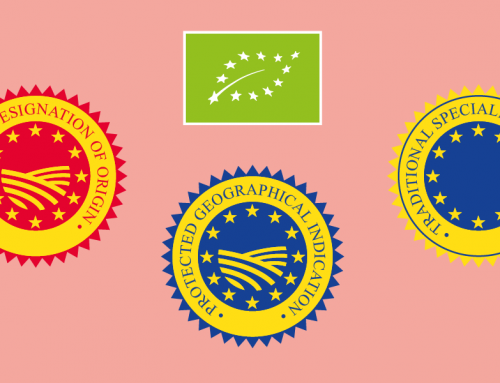Responsible Partner: UMIL
Authors: V. Raimondi, C. Falco, D. Curzi, A. Olper
Date of Publication: February 2018
In the present analysis we study the relationship between the European Union (EU) food quality policy on Geographical Indications (GIs) on trade flows. We derive hypotheses about the GIs trade effects from the trade model of Crozet et al. (2012), that emphasized the role of product quality in shaping the pattern of trade flows. The theoretical model delivers three predictions about the GI trade effects. First, an export-promotion effect of the GI policy that should affect both the probability to trade (extensive trade margin) and the volume of trade (intensive trade margin). Second, an import-reducing effect of the GI policy, due to an increase in vertical differentiation. Third, an average increase in the export unit values (prices) in countries where firms adopt the GI policy.
These hypotheses are empirically tested building a new dataset on country-product information on GIs, considering bilateral trade data over the 1996-2014 period. The analysis is differentiated by trade within the EU countries and trade between the EU and its main trading partners, given the potential different policy implications stemming from the two analyses.
Considering internal EU trade, the results show that GIs affect trade flows differently depending on whether GIs are produced in the exporter or importer country. In particular, the presence of GIs in the exporter country systematically exerts a positive trade effect on both the extensive and intensive margins. When registered only in the importer country, GIs seem to weakly act as trade-reducing measure, at least when the intensive trade margin is considered. In addition, GIs positively affect export unit values, consistently with the predictions of the theoretical model, and with the idea that GI policy induces a process of quality upgrading.
Moving to external-EU trade, overall the above results are confirmed both in the direction and magnitude of the effect, although some differences are worth noting. First, a new GI in the EU exporting countries increases trade through both the extensive (probability to trade) and intensive (trade volume) margins, as well as the export unit values. Consistently with the result at the intra-EU level, when the destination (non-EU) countries have a GI policy in place, then the GI trade effect is lower, probably as an effect of the higher competition there. However, on the EU import side we have not detected any effect of the GI policy on trade unit values of the exporting country.
Regarding the export promoting or trade reducing effect of GIs, our main findings indicate that the EU quality policy behaves as an export promoting device when implemented by exporters, but it incorporates also some trade reducing elements when analysed from the point of view of the importer country. The conceptual framework on which our empirical analysis is derived, highlighted additional entry market costs in country where firms adopt GI policy. Thus, an interpretation of our findings on the import side suggests that the adoption of the GI policy can induce a process of product differentiation, which makes vertical competition stronger. However, additional investigation is required to better understand if this represents the actual mechanism through which GI policy affects the trade pattern on the import side.





